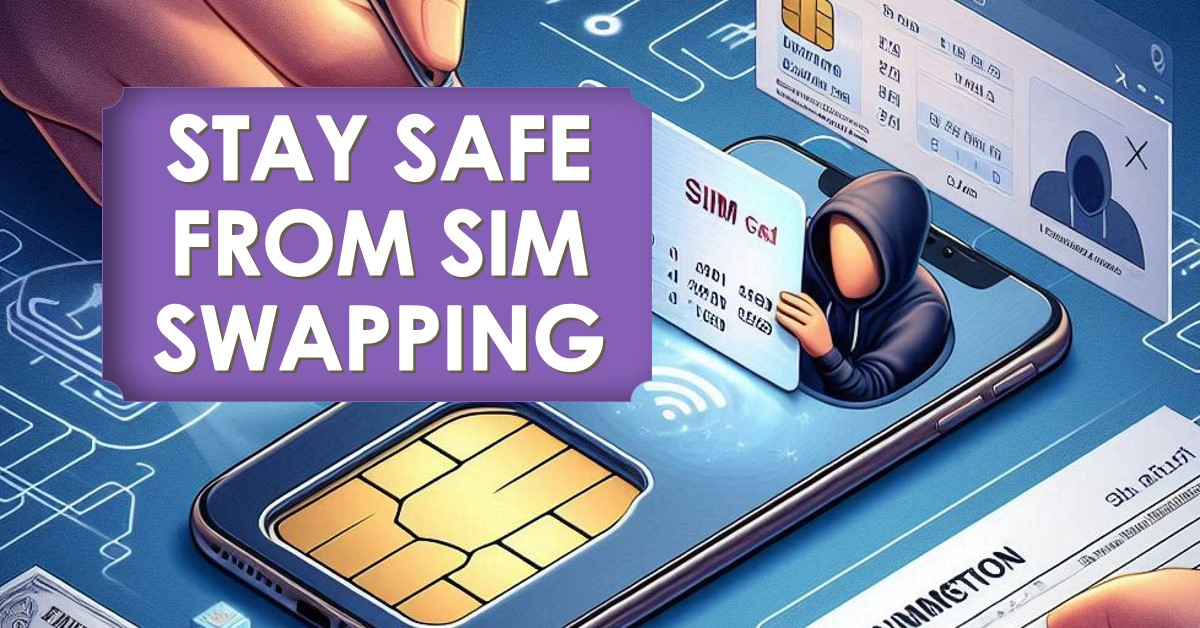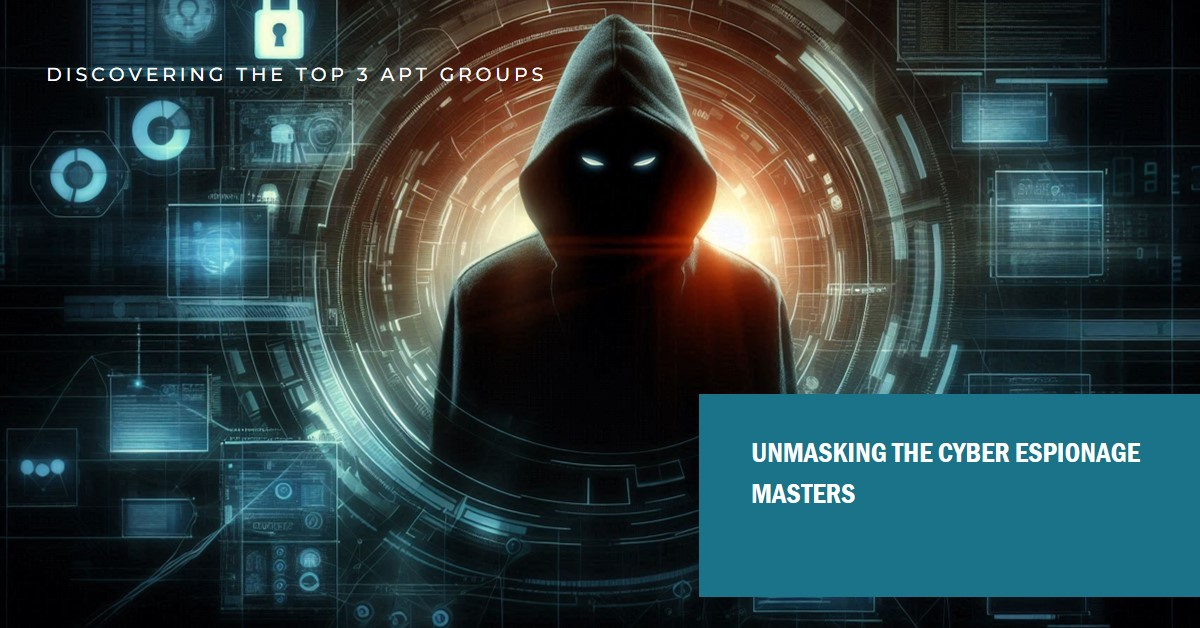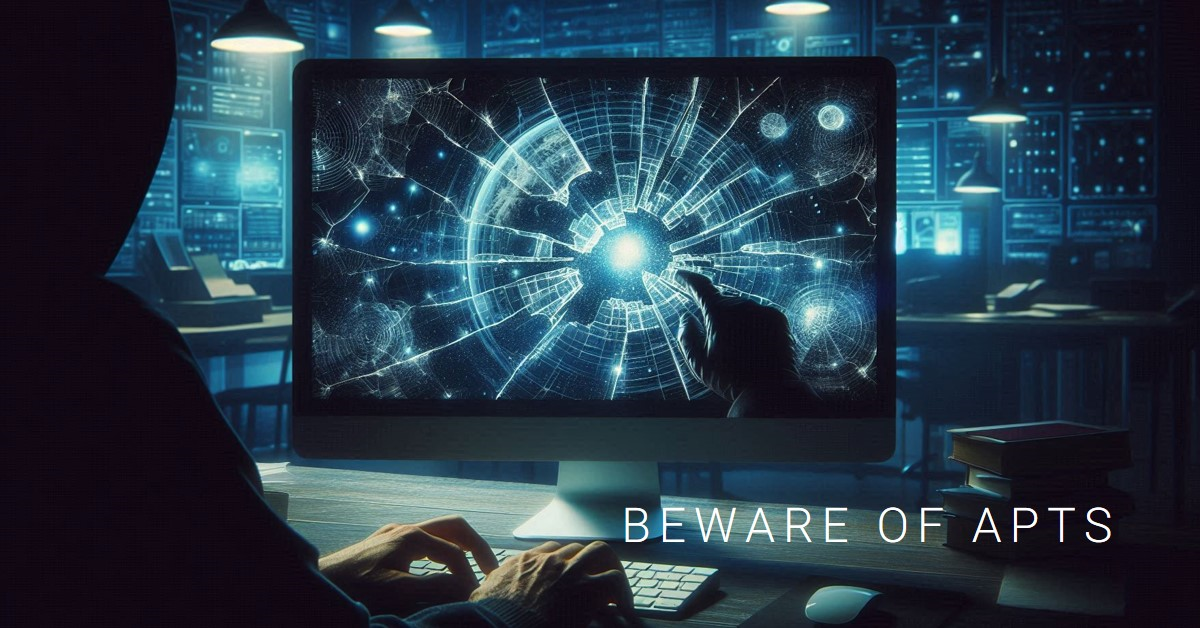
Introduction
The year 2024 witnessed a persistent and concerning trend in the ever-evolving cyber espionage landscape. Nation-states, hacktivist groups, and cybercriminals continued to refine their techniques, exploiting vulnerabilities and deploying sophisticated malware to steal sensitive information. This introduction will explore the key aspects of this dynamic environment before delving into a specific case: the DISGOMOJI cyber espionage campaign that targeted the Indian government in 2024.
The Cyber Espionage Landscape in 2024
- Escalating Threats: The frequency and sophistication of cyber espionage attacks increased significantly in 2024. Targeted campaigns leveraged advanced tools and zero-day exploits to bypass traditional security measures.
- Supply Chain Attacks: Threats went beyond direct infiltration, with a rise in supply chain attacks aimed at compromising trusted vendors to gain access to downstream targets.
- Evolving Tactics: Attackers continued to adapt their social engineering tactics, leveraging social media platforms and tailored spear-phishing emails to gain initial access to target systems.
DISGOMOJI: A Cause for Concern
The discovery of the DISGOMOJI malware marked a significant development in cyber espionage targeting the Indian government. This unique malware, with its unconventional communication methods, highlighted the creativity and evolving tactics employed by malicious actors. The following sections will delve deeper into the specifics of DISGOMOJI, its functionalities, and the implications it holds for Indian cybersecurity.
Background
Suspected Originator: Evidence points towards a suspected Pakistan-based threat actor, tracked by cybersecurity firm Volexity under the alias UTA0137. This attribution is based on various factors, including the malware’s targeting focus and potential code origin.
Targeted Victims: DISGOMOJI’s primary targets were Indian government entities. The malware’s design, including its ability to exfiltrate sensitive data, suggests a clear motive of cyber espionage aimed at stealing confidential government information.
Attack Methodology
DISGOMOJI’s attack methodology involved a two-pronged approach designed to deceive and compromise unsuspecting users.
- Initial Infiltration: The campaign relied on spear-phishing emails as the initial attack vector. These emails, likely crafted to impersonate trusted sources or contain enticing subjects, would be sent to targeted individuals within Indian government entities.
- Malicious Payload Delivery: The emails would contain ZIP archives, a common file format used for legitimate purposes. However, within these archives resided a malicious Golang ELF binary disguised as a benign document, such as a PDF or DOCX file.
- Dual-Purpose Binary: This seemingly harmless file was, in fact, a dual-purpose binary. Upon execution, it would first display a legitimate document, further lulling the victim into a sense of security. However, behind the scenes, the binary would also deploy the actual DISGOMOJI payload, establishing a foothold within the system.
DISGOMOJI Payload: A Discord in Disguise
The heart of the DISGOMOJI campaign lay in its custom-built malware payload. This unique piece of malware deviated from traditional command-and-control (C2) server communication methods, opting for a more covert approach.
- Discord-C2 Fork: DISGOMOJI employed a custom-forked version of the popular chat application Discord, repurposed to function as a covert C2 server. This innovation allowed the attackers to hide their communication within seemingly innocuous chat messages, making it more challenging for security measures to detect.
- Extensive Data Collection: The payload wasn’t just limited to establishing communication. It possessed functionalities to capture critical host information, including system details, hardware specifications, and potentially even network configurations. This comprehensive data collection painted a detailed picture of the compromised system for the attackers.
- Emoji Take the Stage: Perhaps the most distinctive feature of DISGOMOJI was its unique emoji-based command system. Instead of relying on traditional text-based commands, the attackers opted for a more obscure method using emojis. This added layer of complexity further obfuscated the communication between the malware and the C2 server, making detection even more difficult for security analysts.
Tools and Tactics: Beyond the Emoji Facade
While the emoji-based communication stole the spotlight, DISGOMOJI’s campaign wasn’t limited to this single innovation. The attackers employed a combination of legitimate tools and exploits to achieve their goals.
- Leveraging Legitimate Tools: DISGOMOJI’s creators demonstrated a sophisticated understanding of system administration tools. They incorporated legitimate utilities like Nmap for network scanning, Chisel for secure tunneling, and Ligolo for dependency management. This tactic allowed them to blend in with regular system activity and evade initial detection.
- DirtyPipe Exploit: The campaign also capitalized on a critical vulnerability known as DirtyPipe (CVE-2024-xxxx – replace with the actual CVE number if available). This vulnerability allowed the malware to escalate its privileges within the compromised system, gaining higher access levels and greater control over sensitive data.
- Social Engineering with Zenity: DISGOMOJI’s social engineering tactics went beyond spear-phishing emails. The malware reportedly utilized a legitimate utility called Zenity to display a fake Firefox update notification. This deceptive tactic could trick users into granting additional permissions to the malware, further solidifying its foothold within the system.
Impact and Improvements: A Cause for Concern
The full extent of DISGOMOJI’s impact remains under investigation. However, cybersecurity experts are concerned about the following:
- Infection Rates and Victim Impact: While concrete figures on infection success rates are yet to be disclosed, the targeted nature of the campaign suggests that some Indian government entities might have been compromised. The potential impact on these victims could be severe, with loss of sensitive data, disruption of critical operations, and even national security implications.
- Evolving Threat: The ability of DISGOMOJI’s creators to adapt and innovate is a worrying trend. The malware’s unique features, such as the custom Discord-C2 server and the emoji-based command system, demonstrate a level of sophistication that necessitates continuous improvement in cybersecurity defenses.
Here’s how Indian cybersecurity can improve in response to threats like DISGOMOJI:
- Enhanced User Awareness: Educating government personnel about social engineering tactics and the importance of caution when dealing with emails and attachments is crucial.
- Advanced Threat Detection: Implementing advanced security solutions with capabilities to detect anomalies in network traffic and system behavior can help identify and isolate suspicious activity.
- Regular Security Audits: Regular penetration testing and vulnerability assessments can help identify weaknesses in systems before they are exploited by attackers.
- International Collaboration: Sharing information and collaborating with international cybersecurity agencies can provide valuable insights into emerging threats and attacker methodologies.
By adopting a multi-layered approach that combines user awareness, advanced security solutions, and international collaboration, Indian cybersecurity can bolster its defenses against future threats like DISGOMOJI.
The Looming Shadow of DISGOMOJI
The discovery of DISGOMOJI serves as a stark reminder of the evolving landscape of cyber espionage. This unique malware campaign targeted the Indian government, highlighting the persistent threats faced by nations in the digital age.
DISGOMOJI’s Threat in a Nutshell
- Targeted Attack: The malware’s focus on Indian government entities underscores its potential to steal sensitive data and disrupt critical operations.
- Cunning Techniques: The custom Discord-C2 server and emoji-based command system showcase the creativity and technical prowess of the attackers.
- Exploit Arsenal: DISGOMOJI’s use of legitimate tools and the DirtyPipe vulnerability demonstrates the attackers’ ability to exploit various avenues for system compromise.
A Call to Action: Bolstering India’s Cyber Defenses
The sophistication of DISGOMOJI necessitates a proactive approach to cybersecurity in India. Here’s a call to action:
- User vigilance: Educate government personnel on cyber threats and best practices for secure online behavior.
- Advanced Security Solutions: Invest in robust security solutions capable of detecting and mitigating advanced threats.
- Continuous Improvement: Regularly assess vulnerabilities and conduct penetration testing to identify and address system weaknesses.
- Global Collaboration: Share threat intelligence and collaborate with international cybersecurity agencies to stay ahead of evolving threats.
By prioritizing cybersecurity and adopting a comprehensive approach, India can fortify its digital defenses and safeguard its sensitive information from malicious actors like the creators of DISGOMOJI. The fight against cyber espionage is a continuous one, and vigilance is key to ensuring a secure digital future.





